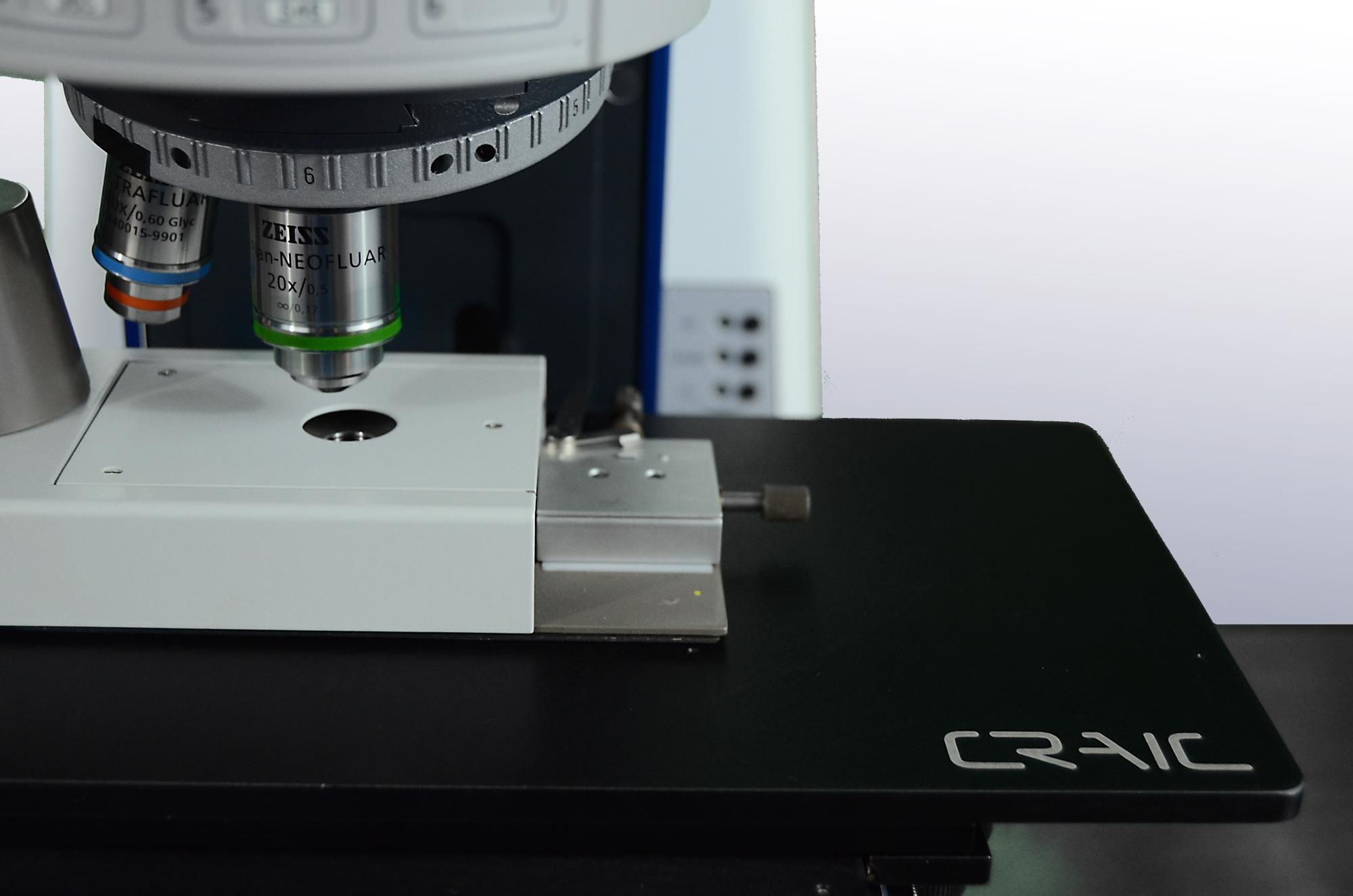CRAIC Technologies, Inc., the world’s leading innovator of UV-visible-NIR microscopy solutions introduce rIQ 2.0™: the smart solution for the analysis of glass trace evidence. rIQ 2.0™, which stands for Refractive Index Quantification, is the result of years of experience in the analysis of trace evidence. rIQ 2.0™ combines sophisticated image analysis software, advanced optical design and electronics to enable criminalists in modern forensic laboratories to measure the refractive index of multiple glass fragments simultaneously, quickly and with the highest accuracy.

Image Credit: CRAIC Technologies, Inc.
“CRAIC Technologies has worked with our customers extensively to build an even smarter way to measure the refracive index of glass quickly and accurately" states Dr. Paul Martin, President of CRAIC Technologies. “Glass fragments are common at crimes scenes. rIQ 2.0™ enables the forensic scientist to measure and compare the refractive index of the smallest fragments of glass with an incredibly high degree of accuracy. And when combined with CRAIC Technologies UV-visible and Raman microspectrophotometers, the refractive index and spectral characteristics of glass fragments can be determined quickly, accurately with the same instrument."
rIQ 2.0™ is an automated system that uses the thermal immersion method, as defined by the standard ASTM E1967, to measure the refractive index of microscopic glass fragments. The system, which incorporates many years of experience with the analysis of glass, allows the user to analyze the refractive index of multiple glass fragments simultaneously and with sophisticated analytical techniques. Statistical analysis methods can also be applied but the instrument is also designed to be user friendly with a short learning curve.
rIQ 2.0™ is offered as a standalone package, as an add-on package to CRAIC Technologies microspectrophotometers and as an upgrade package for older units already in the field. A standalone package consists of a phase contrast microscope, a high resolution digital camera, the optical interface, a thermal stage, the controlling electronics and the rIQ 2.0™ software. The add-on package can be integrated with many CRAIC Technologies microspectrophotometers models, both past and present, to allow them to measure the color, absorbance microspectra™, fluorescence microspectra™, Raman microspectra™ and the refractive index of the smallest of glass fragments.